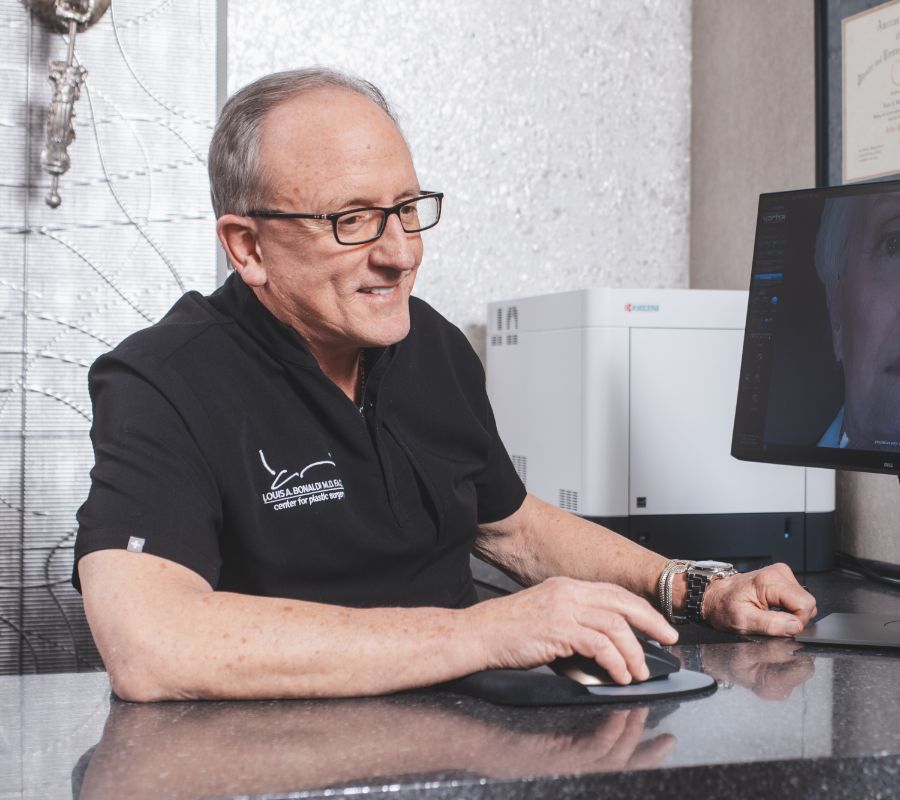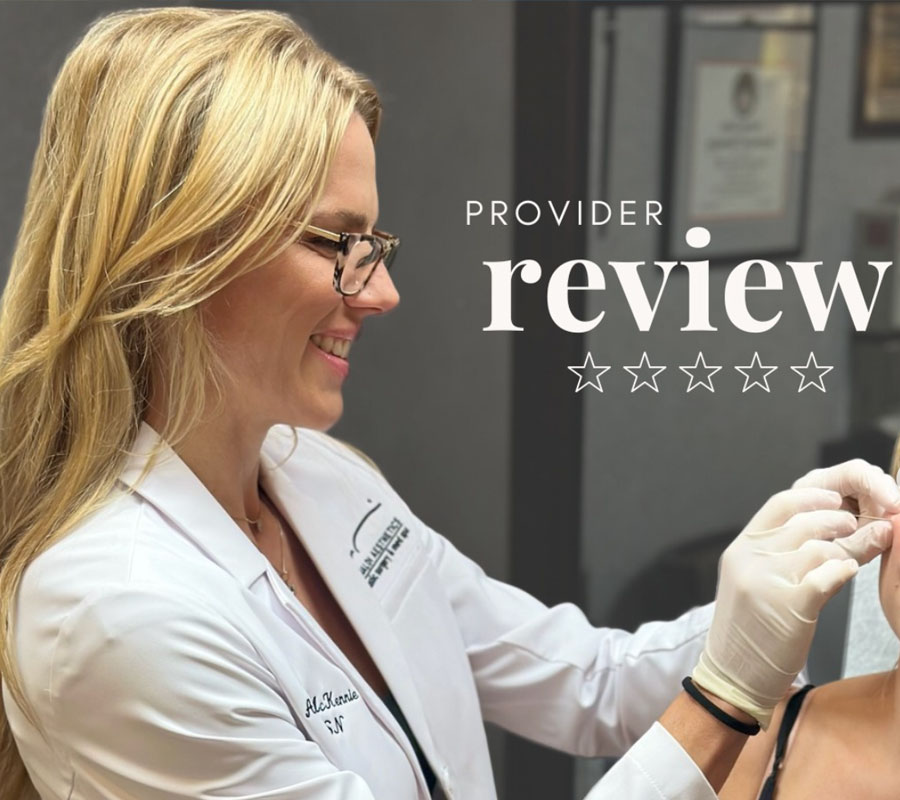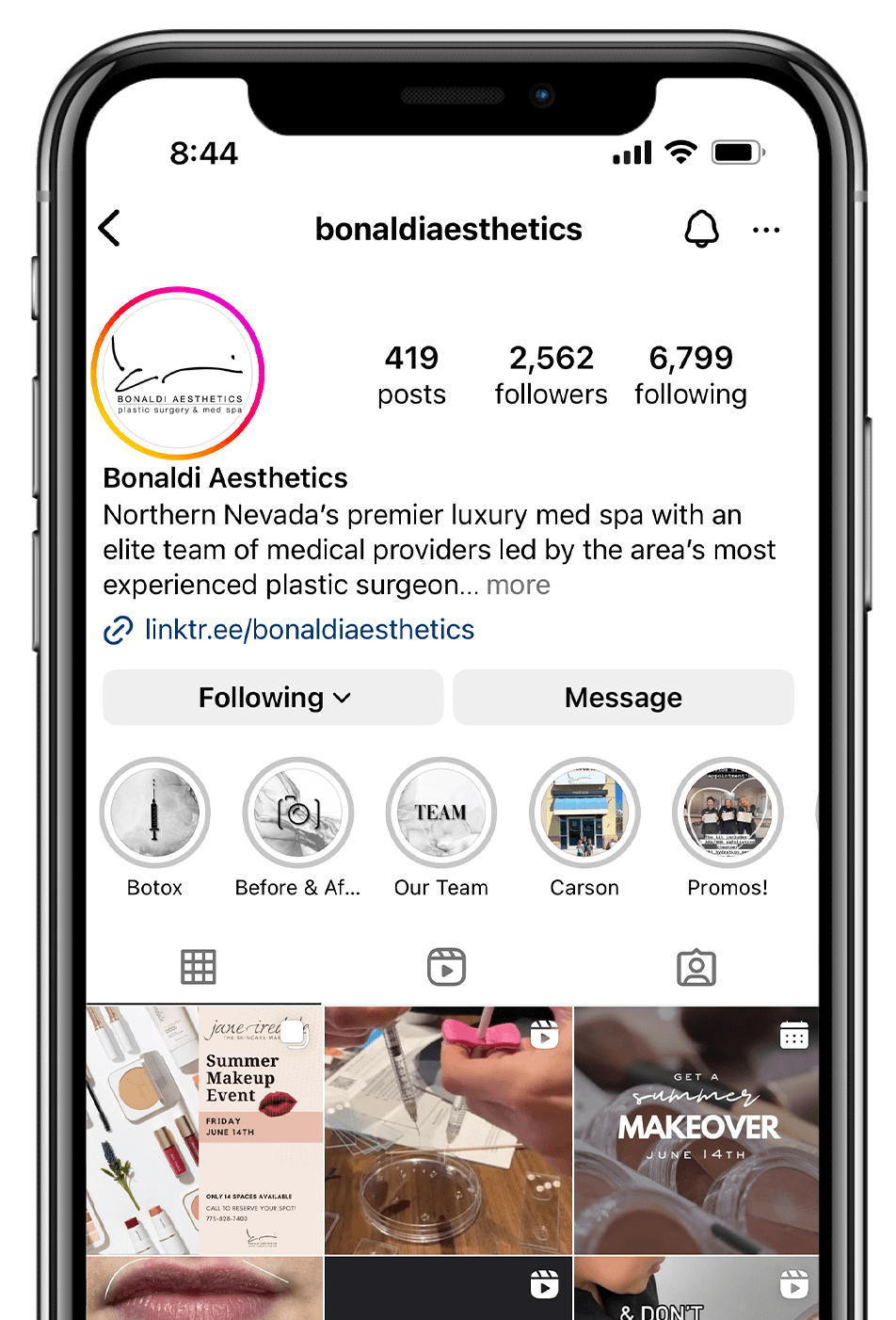November 03, 2020 | Popular Plastic Surgery, Preparing for Plastic Surgery
3 minute read
2 Minute Read:
Risks are present with any surgical procedure, and plastic surgery is no exception. However, the risks are typically very low, and you can help minimize post-surgical complications by being aware and following all of your surgeon’s recommendations.

Review these potential dangers and follow the tips to reduce risk and help ensure a problem-free recovery.
1. Blood Clots Are Rare, But a Possibility After Plastic Surgery
A tiny portion of patients—0.09 percent—develop blood clots in their veins, usually the legs. This is called deep vein thrombosis (DVT). This condition can lead to pulmonary embolism (PE) if a clot travels to the lungs. Undergoing several procedures at one time may raise the risk of DVT and PE in addition to being too sedentary during your recovery.
You can help by staying mobile after surgery with easy walks.
2. Internal Bleeding Is a Hidden Danger
Internal blood loss is more of a hazard on the operating table than after surgery. But it is not impossible. Talk to your surgeon about your blood loss risk factors.
Be sure to disclose any signs of bleeding disorders you may have, as this may impact your candidacy.
3. Infections Are Possible
Infection is one of the most common risks associated with any surgery. That is why Dr. Bonaldi and our team take extensive precautions to lower the danger of cellulitis and other infections.
You can help with these efforts by keeping your incisions dry and clean.
4. Hematomas May Develop
A tiny percentage of patients who get procedures such as breast augmentation develop small pockets of blood called hematomas near the surgical site.
To help prevent this risk, wear your compression garments as directed, and avoid anti-inflammatory medications.
5. Nerve Damage Is Possible
Damage to the nerves in plastic surgery is usually a temporary problem that dissipates the more you recover.
Tell your surgeon if you have any unusual numbness or tingling after surgery for early intervention that can improve post-surgical outcomes.
6. Seromas Can Collect Under the Skin
Serum is a sterile body fluid that may gather under your skin after plastic surgery, leading to swelling and discomfort. Seromas have a 15 to 30 percent incidence rate, most often in tummy tuck patients. This is why many many tummy tuck surgeries require the placement of a drain for a few days postoperatively.
7. Stroke or Heart Attack Are Rare Potential Dangers
Smokers and patients with pre-existing health issues are more susceptible to these hazards. So, quit your cigarette habit early before you seek plastic surgery and disclose any and all health conditions to your surgeon.
Interested in Learning More?
For skilled and experienced plastic surgery services in Reno, Nevada, turn to Dr. Bonaldi at Bonaldi Aesthetics.
Dr. Bonaldi has more than three decades of surgical experience and takes every precaution to support a safe and healthy surgical outcome. Call 775-828-7400 or complete our short contact form to learn more.





